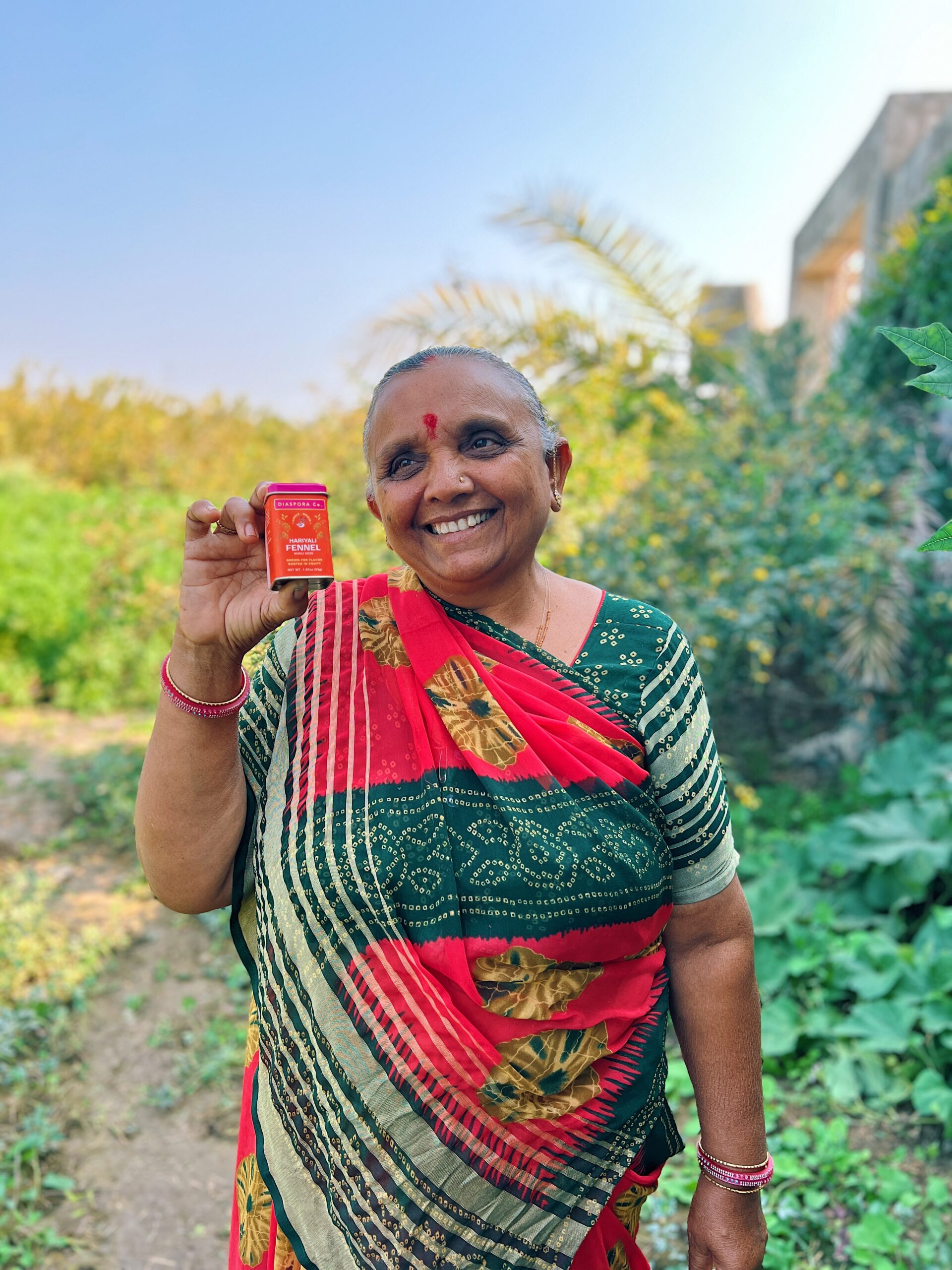Building the Next Economy
When Tatiana Garcia-Granados and her husband, Haile Johnston, moved to North Philadelphia’s Strawberry Mansion neighborhood in 2002, they found themselves in a fresh-food desert.
“Most of our neighbors were getting their food from corner stores. You walk into these stores and there’ll be all these different flavors of potato chips and Twinkies, but no fruits or vegetables,” says Garcia-Granados. The couple started working to bring a farmers market to the neighborhood and discovered a much bigger problem. “It wasn’t just neighborhoods like ours that didn’t have a link to the farmers right around us; it was also hospitals, universities and schools.”
Working with other local farm and food advocates, they created Common Market in 2008 to forge a distribution link between threatened farms and fresh food-deprived urban communities. Today, with a crucial assist from the RSF PRI Fund, Common Market supplies about 200 customers—institutional kitchens, retailers, restaurants and buying clubs—with produce, dairy and meat from about 100 sustainably run regional farms.
INSPIRATION
“Fifty years ago there were deep connections between the farmland right around Philadelphia and city residents,” notes Garcia-Granados. “With the rise of global commodity agriculture, that has changed—we’re more likely to find peaches from California than peaches from New Jersey.”
“When we started planning this, the distribution void was not on people’s radar,” she says. “We got blank looks when we talked about what we were working on. People didn’t realize this was a problem.”
What drove them forward was making the connection between health problems in the city and the loss of farmland. “We were seeing the health disparities that exist in our neighborhood and realizing what a huge role food plays in people’s lives and their ability to pursue opportunity. And every time we went to Lancaster County we would see more farmland being turned into housing developments.”
INNOVATION
Common Market’s key insight—the big step forward in solving the farm-to-city problem—was the value of cultivating institutional customers.
“With the amount of food an institution like a hospital is purchasing, we could have an immediate impact on the farms,” says Garcia-Granados. “We also targeted institutions that serve a cross-section of the population. That allows us to reach people who didn’t already have access to fresh food through farmers’ markets and high-end retail.”
Common Market had ready suppliers and buyers; the big challenge was cash flow—institutions are used to paying in 60-100 days. “But supporting farmers requires paying them quickly, as close to 15 days as possible,” says Garcia-Granados. “As we grew we realized we were facing a huge cash flow gap. That’s where RSF came in.”
The founders made the rounds of commercial banks and state and municipal development lenders, “but no one understood our business model or the sustainable agriculture piece and why what we were doing was meaningful,” says Garcia-Granados. “Common Market is a nonprofit social enterprise—it runs like a business but will invest any profits in expanding access to markets for farmers and to fresh food for urban communities. “The people at RSF were the only ones who understood.”
In 2010 RSF provided a $150,000 credit line (it’s now $350,000) through the RSF PRI Fund, which supports non-profit and for-profit social enterprises addressing key issues in food production, food access, value-added processing, distribution, retail and waste management.
“We had the customers and the infrastructure, but it was that access capital that allowed us to increase our sales and have an impact,” says Garcia-Granados.
IMPACT
Common Market nearly doubled its sales from 2010 to 2011 and its customers include more than 50 public and charter schools in Philadelphia and New Jersey. That’s a key audience given the enterprise’s big goal: changing what people eat and how they get their food.
Achieving that goal will require many more Common Markets, and the enterprise increasingly serves as a model. “Every other week we get a call from an enterprise or development agency,” says Garcia-Granados. “We share our business plan and feasibility study widely and invite people to come see our operation.”
The benefits accrue widely, she says. “For our farmers it’s giving them the ability to differentiate their product and take it out of the global commodity chain. For entrepreneurs, it’s allowing them to serve and sell local produce. For people who wouldn’t otherwise have access to local produce, it’s changing the food they are eating.”
VITALS
Company name Common Market Philadelphia
Impact area Food & Agriculture
RSF relationship PRI Fund
HQ Philadelphia
Revenue $1.6 million in 2012 (projected)
Employees 12
Community served Delaware Valley (New Jersey, Pennsylvania and Delaware)


